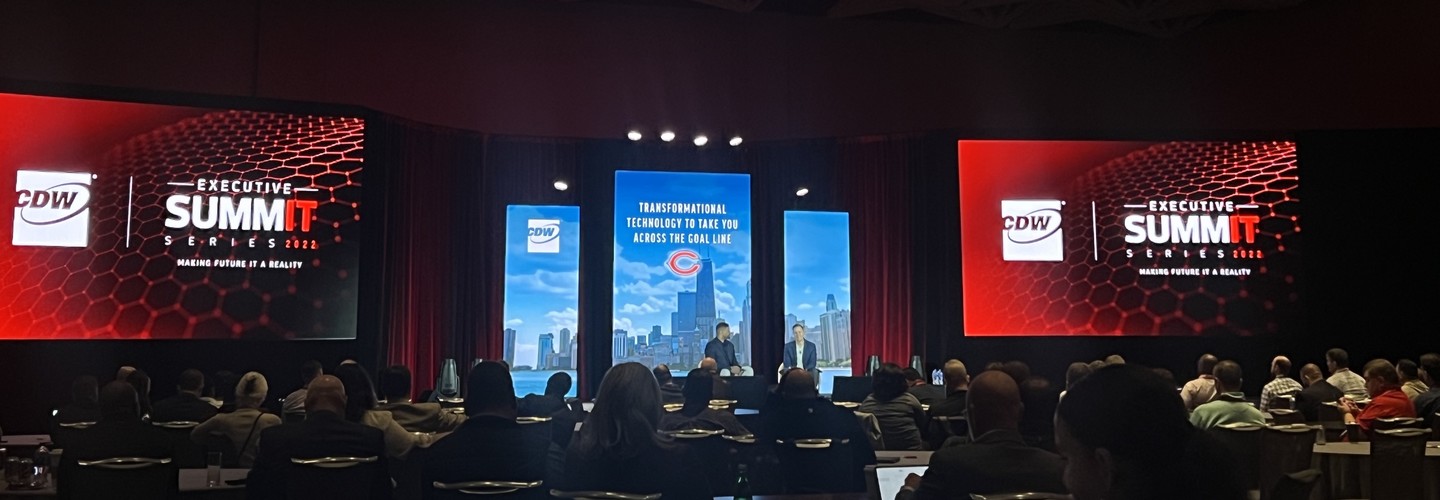Overcoming Technological Hurdles with Trusted Partners
With a small IT staff, it’s essential for Stahl to understand the strengths and weaknesses of each member of his team. He needs to know where their skills may be applied to move initiatives forward and where an outside expert can fill in gaps. In some cases, the need for help from a partner is simply a numbers game: There are only so many hours a day when IT employees are on duty, but some technologies require continuous attention.
“We are reliant on third parties. Third-party monitoring is a big thing for us,” he says. “I have a small team, and they must sleep sometime.”
In addition to working with partners such as CDW, the Bears’ IT team also collaborates with professionals from other NFL clubs, as well as the league itself. On the field, teams compete for every yard, but working with IT staff from other teams can help more clubs solve problems and implement best practices.
If one team finds an innovative approach to implementing new technologies, the league as a whole is stronger if that approach is adopted widely. This collaboration can even extend beyond the NFL and include professional sports organizations in other leagues.
“We want to understand the innovations that are coming down the pipeline,” Stahl said. “We have a good network of teams across sports, and we look at what other stadiums are doing, what other teams are doing.”
Click here to see more coverage from the CDW Executive SummIT: Making IT a RealITy.
Turning Data into On-Field Success
One area where Stahl is particularly excited to engage his team is in data analytics. In recent years, the NFL has been inundated with new data from sources such as sensors placed in players’ pads and helmets and in footballs. By tracking the movements of these sensors, the league can measure every move on the field 10 times per second.
“The power of that data is amazing,” Stahl says. “We now have the ability to tell how open a wide receiver was at the 10th of a second when the ball was released from the quarterback. That's powerful data in terms of evaluating players, evaluating opponents and scouting.”
The NFL didn’t share this data with teams immediately, but it has provided more information in recent seasons. As clubs waited for the data to arrive, some were able to prepare to use it.
The Bears knew they needed to advance their analytics capabilities to take advantage of the opportunity. But they didn’t know precisely how much data they would need to work with, and what format it would take, so Stahl and his team focused on flexibility and scalability. Ultimately, the Bears deployed a hyperconverged infrastructure solution that enabled the club to scale its data analysis operation quickly.
“We were one of the clubs that was very hungry for this data,” Stahl said. “When the NFL Competition Committee voted to allow clubs to have sensor data, we were ready for it. And we were excited to use it as a competitive advantage.”
Keep this page bookmarked for articles and videos from the event, follow us on Twitter @BizTechMagazine and participate in the official event conversation on Twitter at #JoinCDW.












